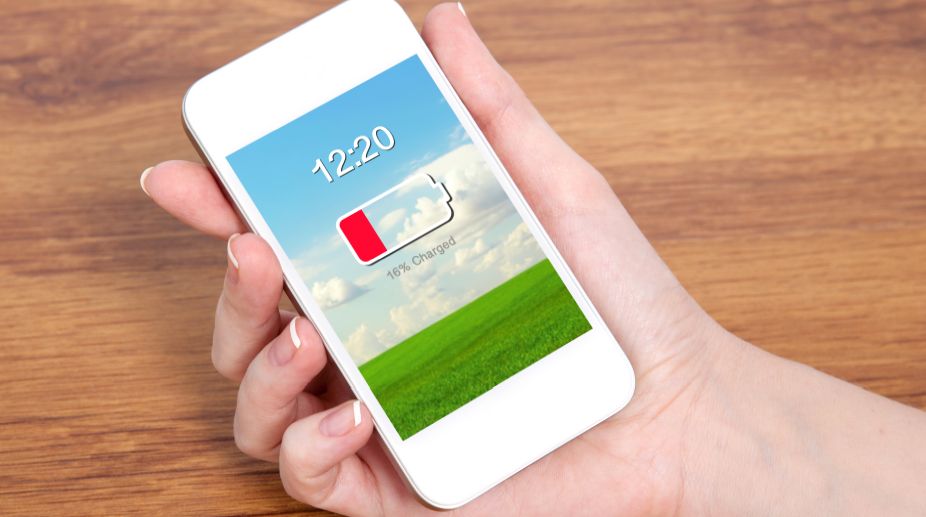Scientists, including one of Indian origin, may have just found a solution for one of the biggest stumbling blocks to the next wave of rechargeable batteries – small enough for cell phones and powerful enough for cars.
Sri Narayan and Derek Moy from the University of Southern California (USC) in the US have developed an alteration to the lithium-sulphur battery that could make it more than competitive with the industry standard lithium-ion battery.
Advertisement
The lithium-sulphur battery, long thought to be better at energy storage capacity than its more popular lithium-ion counterpart, was hampered by its short cycle life.
Currently the lithium-sulphur battery can be recharged 50 to 100 times – impractical as an alternative energy source compared to 1,000 times for many rechargeable batteries on the market today.
The solution devised by Narayan and Moy called the "Mixed Conduction Membrane," or MCM, is a small piece of non-porous, fabricated material sandwiched between two layers of porous separators, soaked in electrolytes and placed between the two electrodes.
The membrane works as a barrier in reducing the shuttling of dissolved polysulfides between anode and cathode, a process that increases the kind of cycle strain that has made the use of lithium-sulphur batteries for energy storage a challenge.
The MCM still allows for the necessary movement of lithium ions, mimicking the process as it occurs in lithium-ion batteries.
This novel membrane solution preserves the high-discharge rate capability and energy density without losing capacity over time.
At various rates of discharge, the researchers found that the lithium-sulphur batteries that made use of MCM led to 100 per cent capacity retention and had up to four times longer life compared to batteries without the membrane.
"This advance removes one of the major technical barriers to the commercialisation of the lithium-sulphur battery, allowing us to realise better options for energy efficiency," said Narayan, professor at the USC Dornsife College of Letters, Arts and Sciences.
"We can now focus our efforts on improving other parts of lithium-sulphur battery discharge and recharge that hurt the overall life cycle of the battery," said Narayan.
Lithium-sulphur batteries have a host of advantages over lithium-ion batteries: They are made with abundant and cheap sulphur, and are two to three times denser, which makes them both smaller and better at storing charge.
A lithium-sulphur battery would be ideal for saving space in mobile phones and computers, as well as allowing for weight reduction in future electric vehicles, including cars and even planes, further reducing reliance on fossil fuels, researchers said.
The actual MCM layer that Narayan and Moy devised is a thin film of lithiated cobalt oxide, though future alternative materials could produce even better results.
The research was published in the Journal of the Electrochemical Society.











